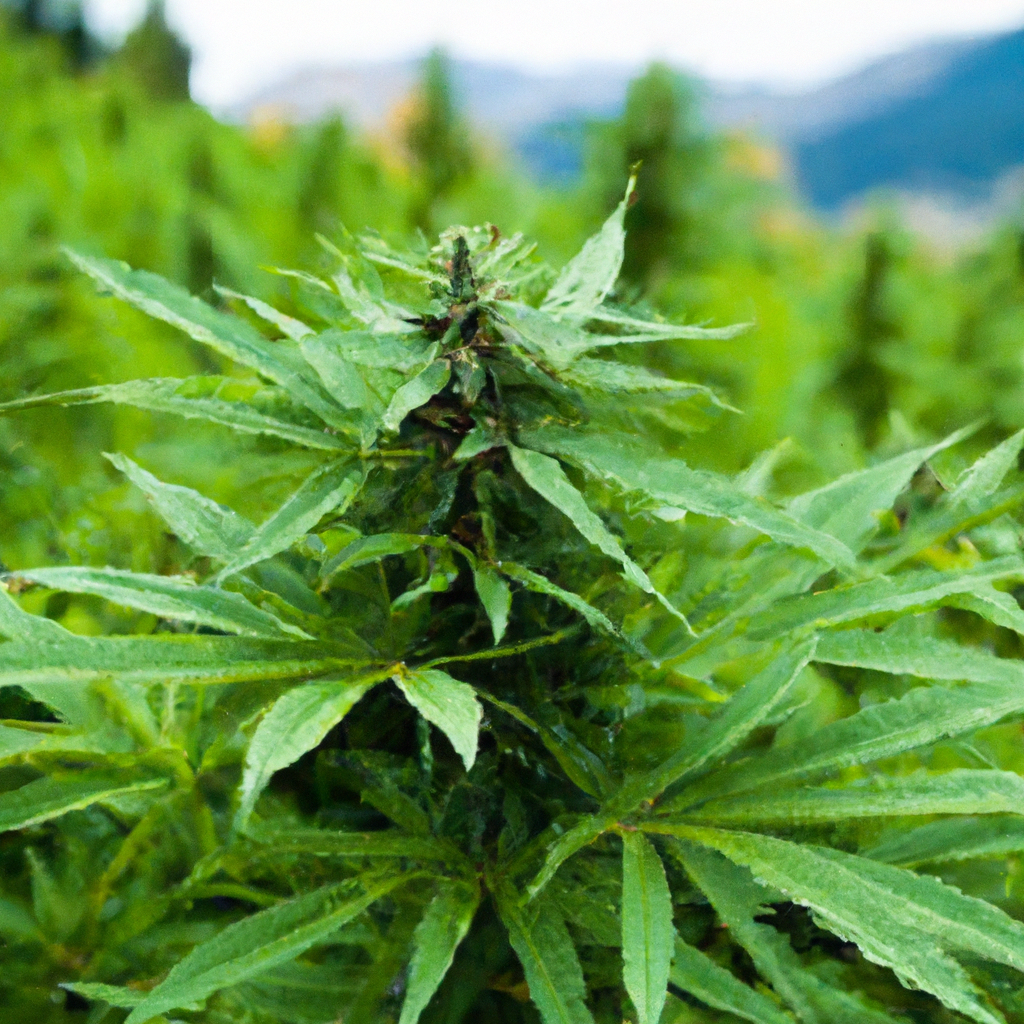As cannabis cultivation continues to expand, more growers are focusing on sustainable methods to adapt to increasingly unpredictable climate conditions. In high-altitude regions like Colorado, the challenges are unique but not insurmountable. With over 30 years of experience in the Rocky Mountains, John “Magic” Greenleaf shares his insights on how to turn these environmental challenges into opportunities for cultivating resilient, potent cannabis.
Understanding High-Altitude Challenges
Growing cannabis at high altitude requires overcoming thin air, high UV exposure, and temperature fluctuations. These factors can stress plants but also make them tougher and more resinous, leading to higher potency levels. The key is skillful adaptation and sustainable practices.
Sustainable Water Management
- Drip Irrigation Systems: John uses drip irrigation to cut water waste by 40%. These systems deliver water directly to plant roots, minimizing evaporation and ensuring optimal hydration.
- Moisture-Retentive Soils: Soil rich in organic material not only supports plant health but also enhances moisture retention, critical for water efficiency.
Advanced Genetics and Resilience
Adapting to the Colorado climate also involves leveraging advanced genetics. John focuses on phenotype selection, breeding strains like the high-altitude sativa “Sweet Summit” and the hybrid “Mile High Mystique,” both noted for their resilience and unique terpene profiles. These cultivars are not only more resistant to environmental stress but also provide diverse therapeutic benefits.
Energy-Efficient Lighting Solutions
Lighting is a significant factor in any indoor grow operation. John employs high-efficiency LED systems, reducing energy consumption by 25%. LED lights offer not only savings but also tailored light spectrums that mimic natural conditions, encouraging robust plant development even in fluctuating temperatures.
Key Takeaways
Embracing sustainability in cannabis cultivation is not just an ethical choice but also a strategic one. By adapting to local climates with smart water management, selecting resilient genetics, and optimizing energy use, growers can sustainably increase both yield and quality. The lessons from high-altitude cultivation can serve as a benchmark for cannabis operations worldwide, showcasing the possibility of thriving in challenging conditions.
In the world of cannabis, as John “Magic” Greenleaf often says, “Healthy roots, healthy buds, happy harvests.” Elevate your cultivation practices and let the challenges of nature be your guide to innovation!
Tags: Sustainability, Sustainable Cultivation, Advanced Genetics, High-Yield Optimization, Environmental Control


Leave a Reply